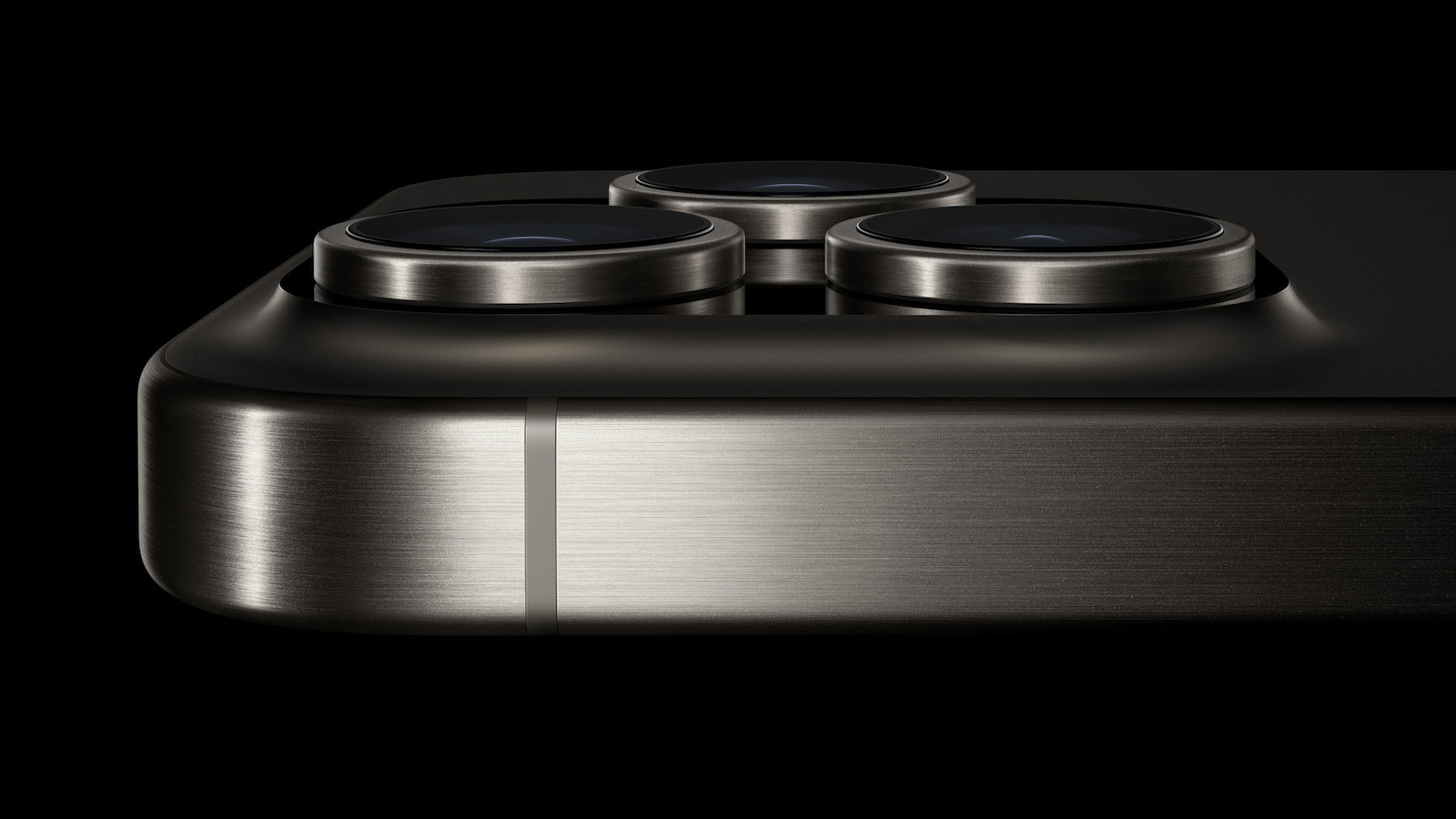![]()
Apple today said it
plans to release an iOS 17 software update with a bug fix for the
iPhone 15 Pro and iPhone 15 Pro Max overheating issue, and the company has since shared additional details about the matter with
MacRumors.
Importantly, Apple said the issue is not related to the titanium frame.
Contrary to a report this week, Apple said the iPhone 15 Pro's design does not contribute to overheating. In fact, Apple said the titanium frame and aluminum substructure provide better heat dissipation than any previous-generation Pro models with stainless steel frames.
Apple said some third-party apps have overloaded the A17 Pro chip for unknown reasons, including Instagram, Uber, and racing game Asphalt 9: Legends, and it is working with the developers of these apps to address the matter. Apple said its bug fix will not involve reducing the chip's performance in order to address the temperature-related issue, and it ensured that long-term performance will not be impacted.
To reiterate Apple's statement:More details are available in our
initial coverage of Apple's statement.
Article Link:
Apple Says iPhone 15 Pro's Titanium Frame Does Not Contribute to Overheating Issue



